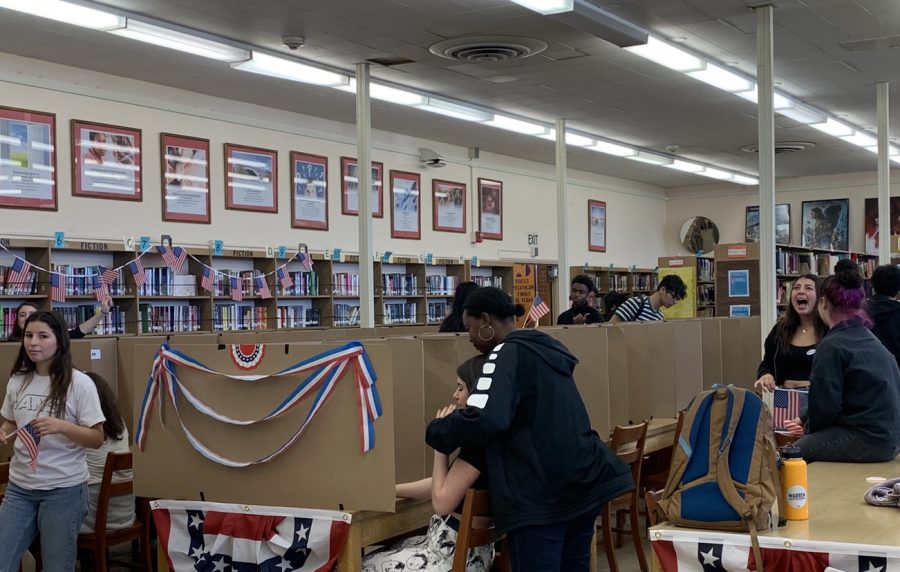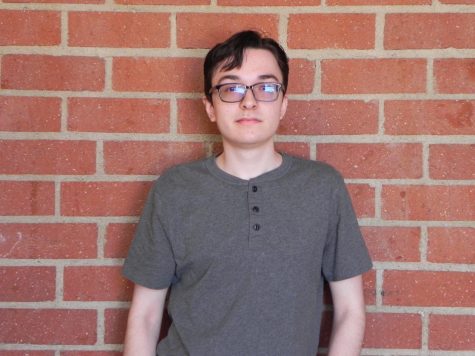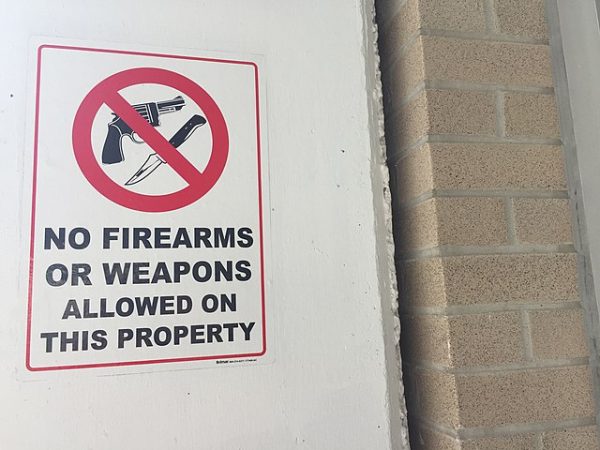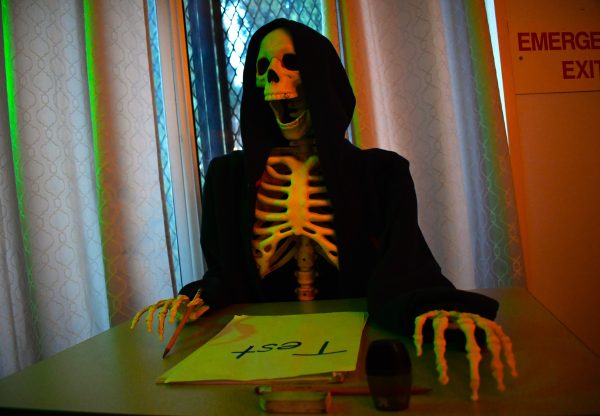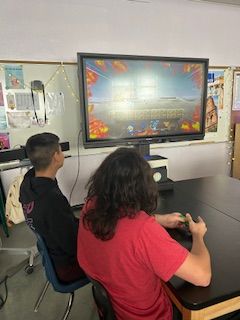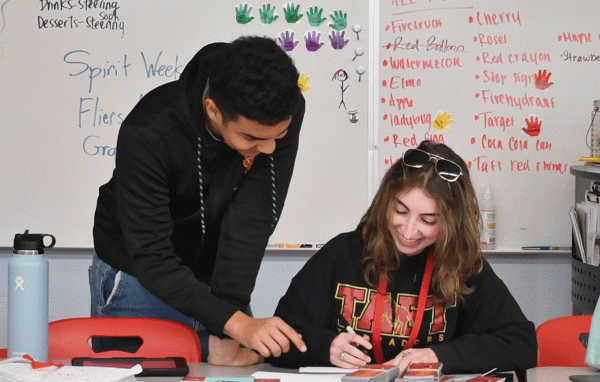Taft’s Mock Election
Students vote in the mock election during Period 3.
On March 3, a mock election was held at Taft which was organized by Ms. Herman. This occurred on the same day as California’s actual primary. Primaries and caucuses help parties decide who will be their nominee for the presidential election. In the mock election at Taft, Bernie Sanders won for the Democrat presidential candidates and Donald Trump won for the Republican presidential candidates.
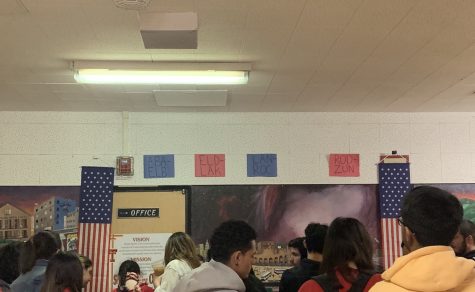
Students wait to sign in to vote outside the library.
At the mock election, students were able to choose between the two major parties and then vote for their preferred candidate. The complete results are as follows. For the Democrats, Bernie Sanders got 57.6%, Joe Biden got 16.7%, Mike Bloomberg got 15.3%, and Elizabeth Warren got 10.3%. For the Republicans, Donald Trump got 85.1% and Bill Weld got 14.9%. The whole process went very smoothly and most students at Taft were able to participate. Ms. Herman said “the fact that almost 2000 kids at the school voted and we can do all of that within the school day is pretty impressive.” She added, “personally I think we did better than the actual election in California.”
When asked about her reason for organizing a mock election, Ms. Herman said “Family is your number one asset when it comes to whether or not you vote, but if you haven’t been trained to do it the best way to get the access is through participating in it even if it’s not real. So getting comfortable with the process is key to learning civic duty.”
Students from Ms. Herman’s government classes helped significantly with the whole process. Ms. Herman said that the election “was student powered so they were the most important asset. And I do think they learned a lot from participating in that process and getting the background as well.” To inform people about the process, students went to every history class to inform them about the election. In the days leading up to the election, students were able to go to an information booth on the service road at nutrition and lunch to learn about all of the candidates. Posters, buttons, and pamphlets were designed and made by students for each candidate to boost awareness about them. Students also acted as poll workers and others took exit polls outside the voting area. All of these things combined helped give students the feeling that they have some experience with the voting process even before turning 18.
When asked if she would hold another mock election, Ms. Herman said “absolutely we’ll do one next year for the actual presidential election.” These elections will continue to help encourage Taft students to get involved in the political process.
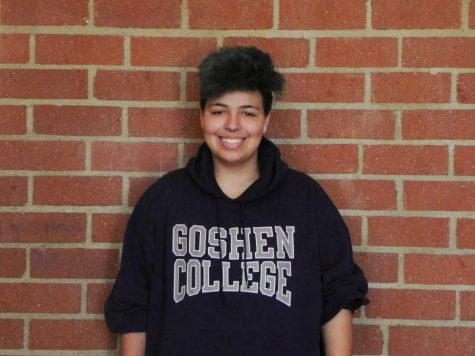
A senior at Taft and the Editor in Chief for the Taft Tribune, keen book reader and movie watcher.


